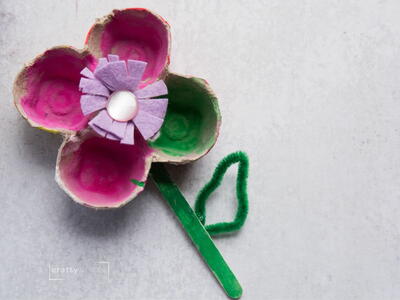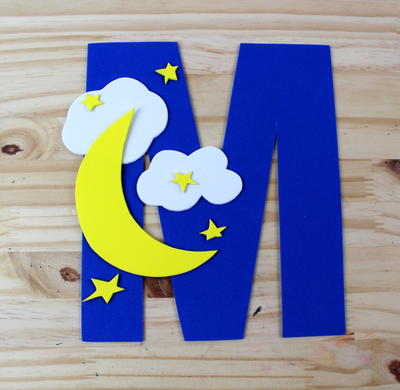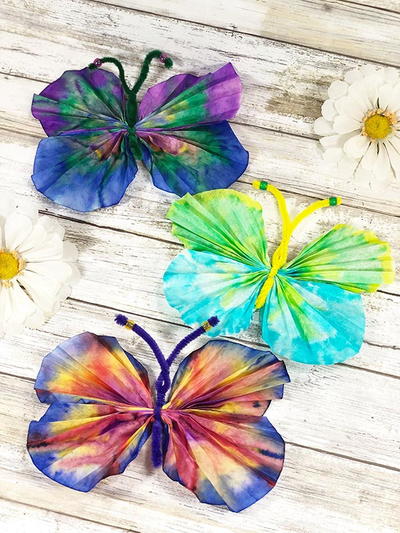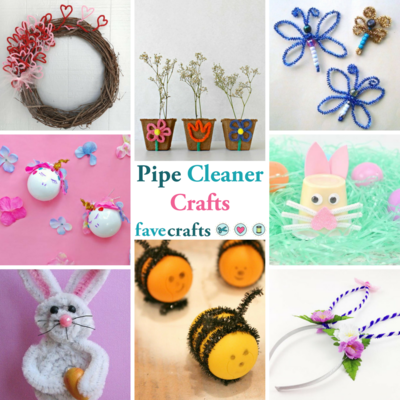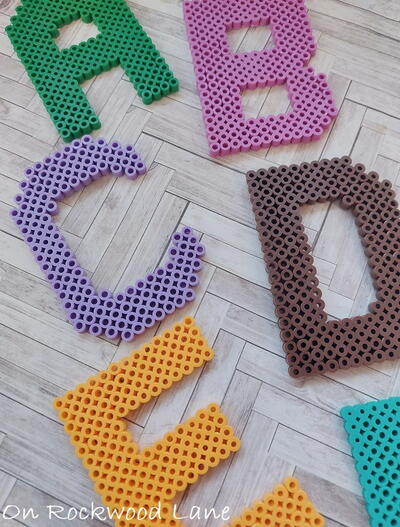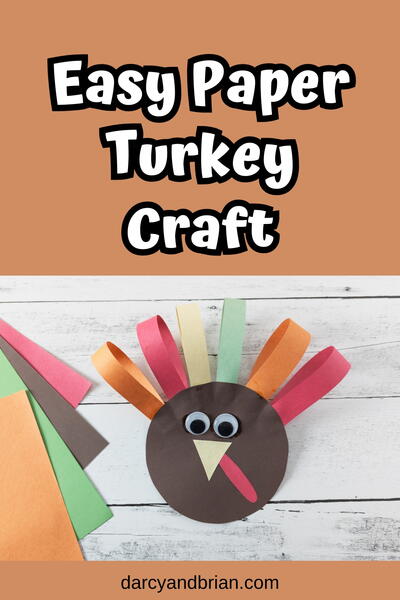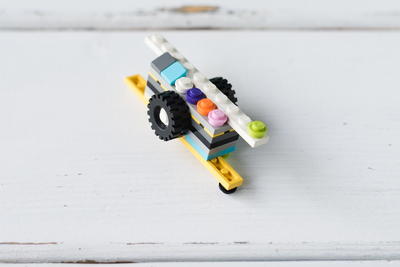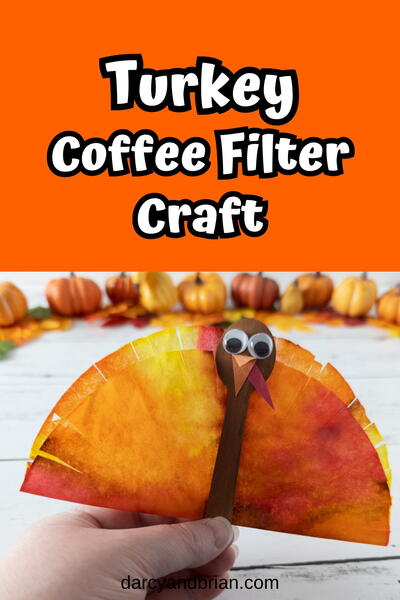Super Easy Circular Painting
We feel this is one of the best classroom activities because kids and adults alike, no matter what their skill level or inclinations, will have great results. There will be a sense of pride and satisfaction with this project from Jacquard Products.

Materials:
- Silk Hoop
- Paintbrush
- Jar of water
- Jacquard Gutta or Water-Based Resist
- Jacquard Dye-Na-Flow or Silk Colors
- Applicator bottle with metal tip
- Cups or ice cube trays for mixing colors
Steps:
- There are many approaches to painting the hoops. They can be painted in the traditional silk painting method of applying a resist to outline a design and then filling in the shapes with color. They can be painted in a more freeform watercolor style that doesn't include the use of the resist. A salt technique for adding texture to a painted area can be applied to any wet area of color. Drawing with the resist can be done on top of the dry painted hoop.Or stamping can be done with other textile paints. The main thing to remember is to experiment and have fun!
- Apply the resist. In the resist technique, the gutta/waterbased resist lines are drawn on and the dyes are applied within these lines. When painted on, the dyes will flow and spread on the silk until it reaches the resist lines. The resist acts as a boundary between colors much like lead in a stained glass window. These islands of color can be blended, highlighted or accented with other colors.
- Pour the resist into the dispenser bottle, replace the plastic insert and screw on the metal tip.
- If you are using a pattern, center the hoop over the pattern. The silk is light enough that the pattern lines will be visible through the fabric. Trace the pattern with the resist, or trace lightly with a pencil and then go over the pencil lines with the resist.
- Hold the resist bottle like a pencil. Gently squeeze the bottle until the resist begins to flow. It is a good idea to practice on a separate piece of silk or paper until you get the feeling of drawing smooth, flowing, continuous lines.
- Begin drawing your pattern. Move steadily, but not so quickly that you leave gaps in your lines. All lines must be connected or the dye will bleed through the gaps in the resist line.
- Once you've completed the design, carefully examine the lines. Make sure the resist has penetrated through to the back. Go back and fill in any gaps. Let the resist dry completely, usually 30 minutes. Use a hair dryer to speed drying time.
- Pour the resist into the dispenser bottle, replace the plastic insert and screw on the metal tip.
- Mix and apply the dye. Use Dye-na-Flow or Silk Colors.
- Use straight from bottle or use an ice cube tray to mix colors.
- Dip your brush gently into a color. Touch the brush to the fabric about 1/2" from the resist line. The dye will migrate the rest of the way. Paint all areas inside the gutta lines. For large areas, work quickly painting the color from corner to corner. Always work wet to wet. Never go over a dry area.
- For the silk hoop paintings, setting the dyes is not necessary.
- Use straight from bottle or use an ice cube tray to mix colors.
- Special Techniques:
- Salt Technique: A beautiful starburst affect can be achieved by sprinkling salt over the fabric while still wet. Different size salt granules can be used, from table salt to rock salt, to create different size starbursts. The larger the granule, the larger the effect. The salt should be applied immediately while the fabric is still very wet. The salt crystals will begin to soak up the dye as it dries.
- Watercolor Method: One of the most exciting methods of painting on silk incorporates the wonderful qualities of the colors spreading and mixing on the silk. Simply paint one color next to another. The dyes will flow and blend automatically. You may pre-wet the fabric to enhance this effect.
- Salt Technique: A beautiful starburst affect can be achieved by sprinkling salt over the fabric while still wet. Different size salt granules can be used, from table salt to rock salt, to create different size starbursts. The larger the granule, the larger the effect. The salt should be applied immediately while the fabric is still very wet. The salt crystals will begin to soak up the dye as it dries.
Read NextEasy Paper Turkey Craft

